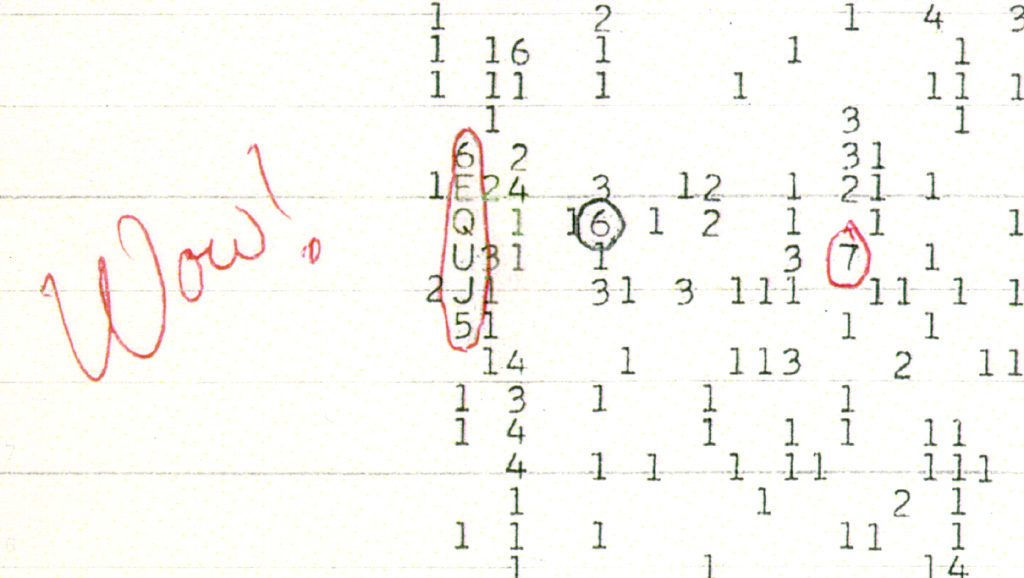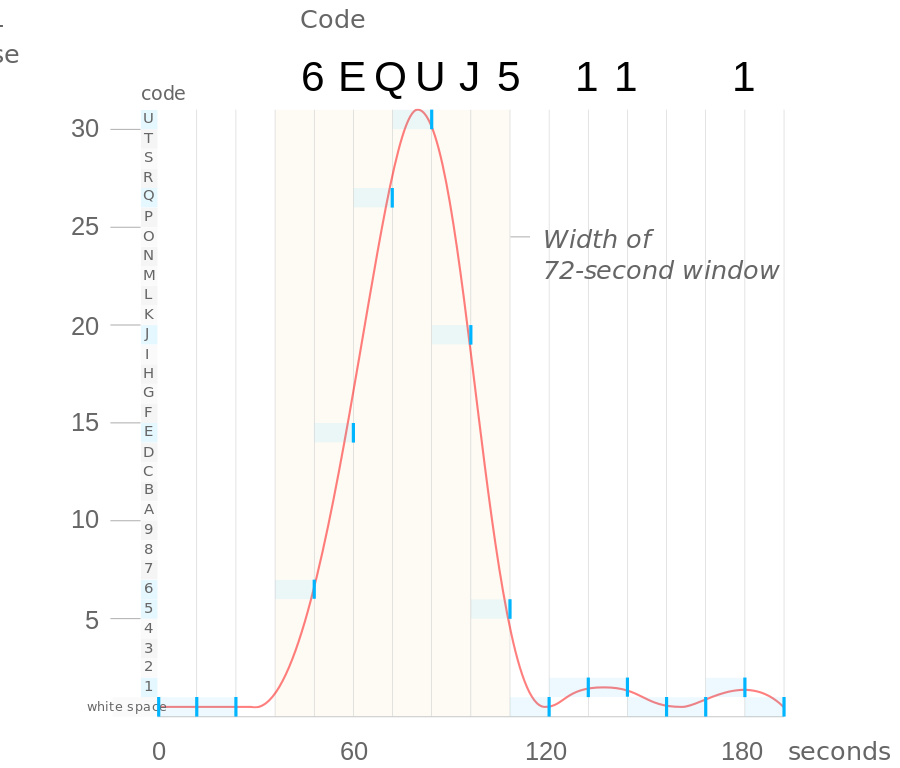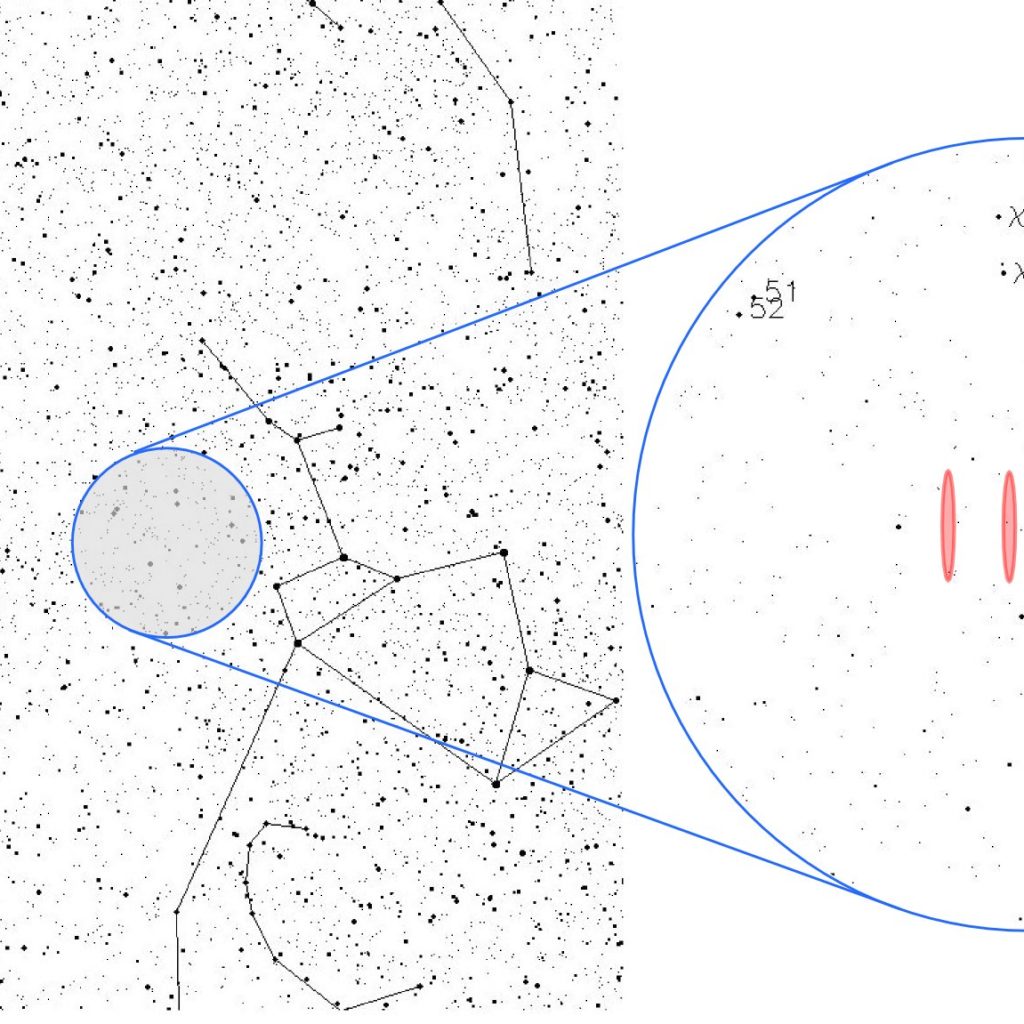When spring showers and summer storms hit, sometimes not even the threat of thunder can chase children inside. Some even enjoy playing in the wild weather, while for schools it can be tempting to continue sports events during rough weather conditions rather than calling the game. But mother nature can be unpredictable – and storms can often mean unsafe conditions.
 Interesting Facts About Lightning Strikes
Interesting Facts About Lightning Strikes
The biggest risk for outdoor play during storms and inclement weather is a lightning strike. Lightning data gathered over decades from multiple sources indicates that:
- 17 percent of lightning deaths each year happen during outdoor recreational and sporting activities
- Over 400 people in the United States alone are struck by lightning annually
- On average, 49 people per year die during lightning strikes
- Even non-fatal lightning strikes can lead to brain damage or other disabilities
The majority of those affected by lightning strikes during outdoor play range from late teens to early adults. Many strikes take place at school events and other organized sports outings. For responsible risk prevention, it’s important to have a plan in place for early prediction and rapid mobilization on the occasion of a weather event.
Listen for the Thunder
Your first warning that something may be amiss is thunder. Thunder is actually the sound lightning makes as it moves across the sky. If you hear thunder, you’re potentially in danger. Even dry skies can create the risk for a lightning strike. Don’t wait for the first sign of rain. The moment thunderclouds begin to loom, recognize the risk and head inside.
Forewarned Is Forearmed
Mother nature can be unpredictable, but you can take some of the uncertainty out of weather forecasting and preparation by relying on Earth networks. With one of the best weather stations in the country and state-of-the-art data analytics, Earth Networks provides the technology and information needed for weather safety and effective response planning. Find out more about real-time weather tracking, automated decision tools, and 24/7 meteorological support.





